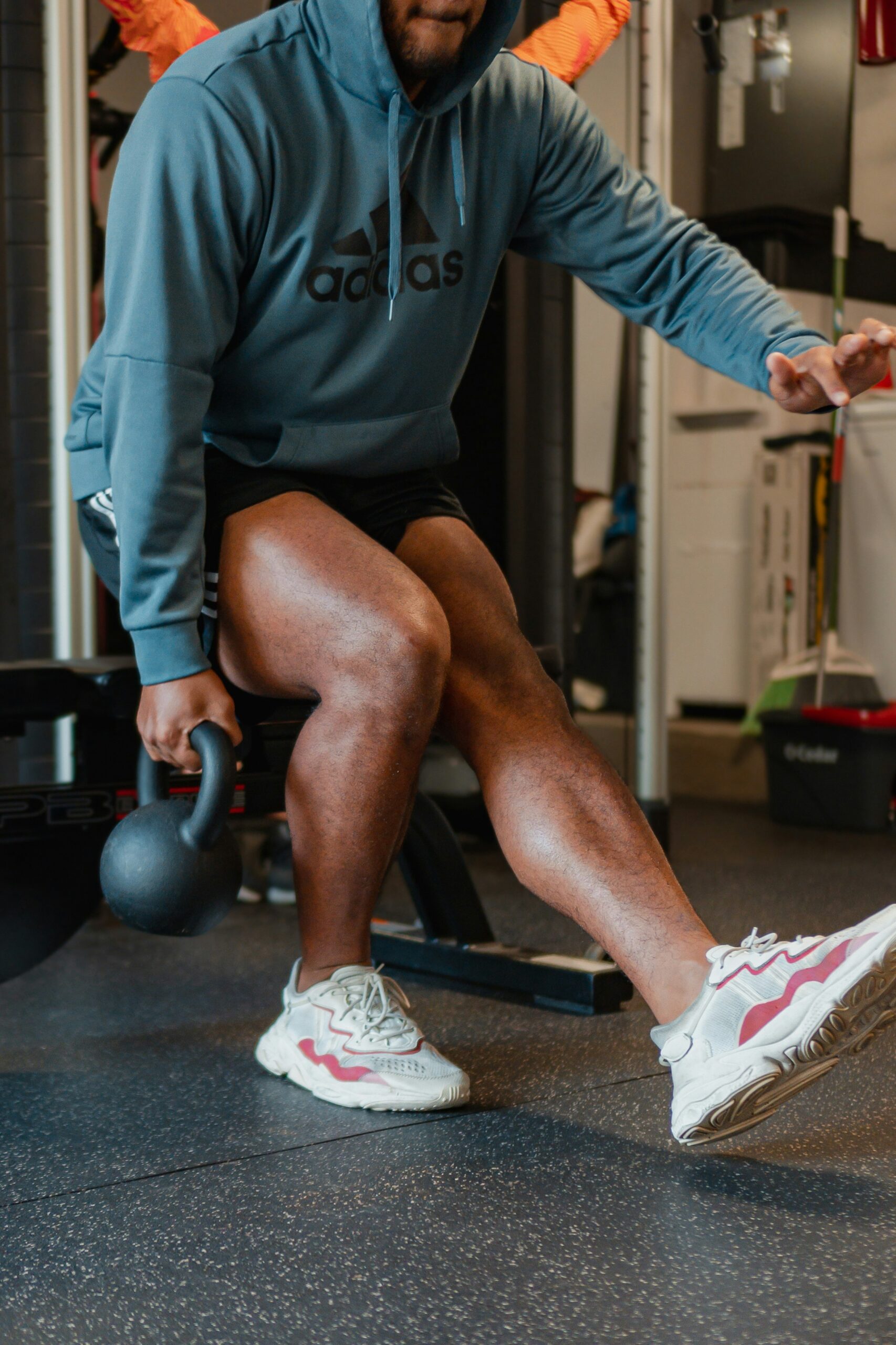Avoiding Common Mistakes During ACL Recovery
Avoiding Common Mistakes During ACL Recovery: What to Watch Out For
Recovering from an ACL injury is a journey that requires patience, structure, and support. But even with the best intentions, many people make mistakes during their rehab that can delay progress or worse, lead to re-injury.
Whether you’re just starting your rehabilitation or preparing to return to sport, understanding what not to do is just as important as knowing what you should do.
Here are the most common ACL recovery mistakes we see and how to avoid them for a smoother, safer return to full activity.
1. Rushing the Process
The mistake:
Trying to fast-track your recovery timeline or comparing your progress to someone else’s.
Why it matters:
ACL recovery takes time. On average, returning to high-level sport can take 9–12 months. Skipping stages or pushing your body too soon increases the risk of re-injury—especially within the first year post-surgery.
What to do instead:
Follow your physiotherapist’s guidance and focus on quality over speed. Everyone heals at a different rate.
2. Neglecting Strength and Stability Work
The mistake:
Focusing only on cardio or stretching without building proper strength and control.
Why it matters:
Strong muscles particularly in the quads, hamstrings, and glutes—support the knee and reduce the load on the ACL. Without a solid strength base, the knee is vulnerable during cutting, jumping, and pivoting movements.
What to do instead:
Commit to a progressive strengthening program that targets key muscle groups and gradually reintroduces dynamic movements.
3. Ignoring Pain or Swelling
The mistake:
Pushing through pain or dismissing swelling as “normal.”
Why it matters:
Pain and swelling are warning signs. They could indicate that you’re doing too much or moving incorrectly.
What to do instead:
Let your therapist know about any pain, swelling, or setbacks. Early intervention can prevent minor issues from becoming major problems.
4. Not Addressing Range of Motion Early On
The mistake:
Delaying efforts to regain knee extension or flexion in the early stages.
Why it matters:
If full range of motion isn’t restored early (especially full knee extension), it can lead to long-term stiffness, compensatory movement patterns, and slower recovery.
What to do instead:
Start working on mobility exercises as soon as your physio gives the go-ahead, focusing on both extension and flexion.
5. Skipping the “Boring” Rehab Exercises
The mistake:
Only doing the exercises that feel challenging or exciting, and skipping the slower, foundational work.
Why it matters:
Every phase of rehab serves a purpose. The early-stage exercises build the base you need for safe progression later on.
What to do instead:
Stick with the full program even if the exercises feel repetitive. Consistency beats intensity in ACL rehab.
6. Lack of Balance and Proprioception Training
The mistake:
Overlooking neuromuscular training and balance work in favor of pure strength exercises.
Why it matters:
Your knee doesn’t just need to be strong it needs to react to changes in terrain, direction, and movement. Proprioception is essential for preventing re-injury.
What to do instead:
Incorporate balance drills, single-leg stability exercises, and reaction training throughout your rehab.
7. Returning to Sport Too Soon
The mistake:
Getting back to sport or high-impact activities before meeting key strength and performance milestones.
Why it matters:
Studies show that athletes who return to sport before they’re physically and psychologically ready are much more likely to reinjure their ACL.
What to do instead:
Your physiotherapist will conduct return-to-sport testing to ensure you’re truly ready. Don’t skip this step, it could save your knee.
8. Not Seeking Professional Guidance
The mistake:
Trying to “DIY” your rehab using generic online programs or advice.
Why it matters:
ACL rehab is complex. What works for one person may not work for another, and improper training can cause setbacks.
What to do instead:
Work with a qualified physiotherapist and/or exercise physiologist who can tailor your rehab to your unique needs, goals, and lifestyle.
Avoid These Mistakes
ACL recovery isn’t just about doing the right exercises, it’s about doing them at the right time, in the right way, with the right support.
At our physiotherapy and exercise physiology clinic, we guide you through each stage with expert care, so you can avoid common mistakes and focus on what really matters: getting back to what you love with confidence and strength.
Get the best rehabilitation and reach out to Pivotal Motion Physiotherapy, we’re here to help you feel your best and return to sport with confidence. Get in touch with us today, and our team will be able to discuss with you in more depth on how we can help you. Book online or call us on 3352 5116.

